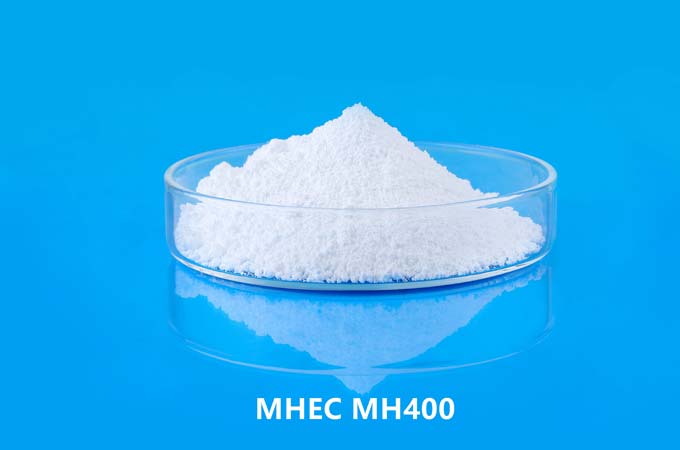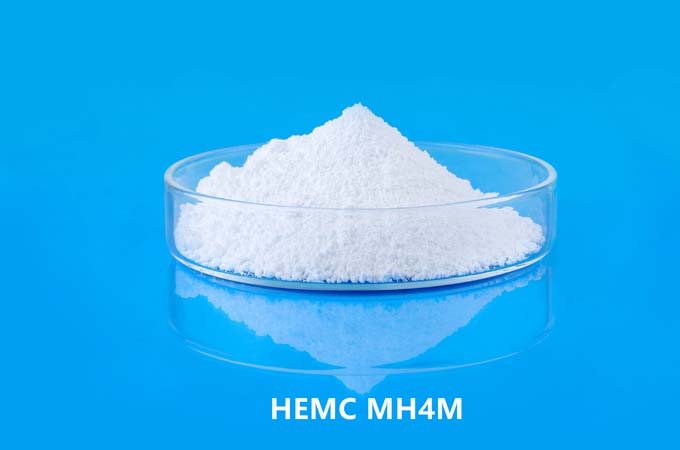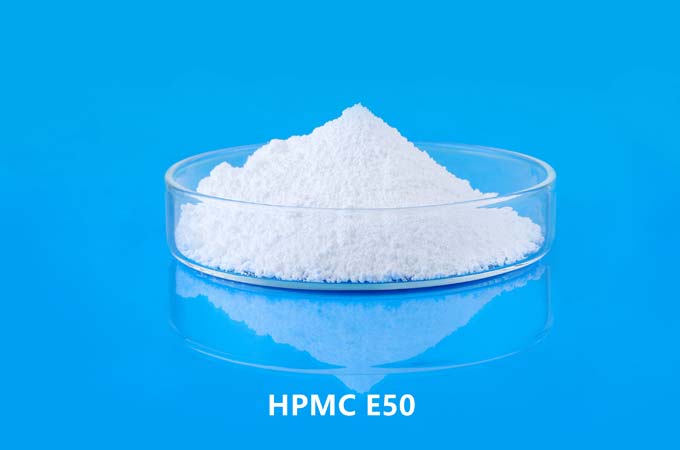Hydroxypropyl methylcellulose is refined from cotton after alkalization, using propylene oxide and methyl chloride as etherification agents, and undergoes a series of reactions to produce non-ionic cellulose mixed ether. Hydroxypropyl methylcellulose is a non-ionic cellulose ether, white in appearance, odorless and tasteless. The degree of substitution is generally. Its properties vary depending on the ratio of methoxyl content to hydroxypropyl content.
First, First Look at the Synthesis of Hydroxypropyl Methylcellulose:
The refined cotton cellulose is treated with alkali solution at 35-40°C for half an hour, pressed, and the cellulose is pulverized at 35°C and properly aged, so that the average degree of polymerization of the obtained alkali fiber is within the required range. Put the alkali fiber into the etherification tank, add propylene oxide and methyl chloride in sequence, etherify at 50-80°C for 5 hours, and the maximum pressure is approx. Then add an appropriate amount of hydrochloric acid and oxalic acid to the hot water at 90°C to expand the volume. Dehydrate in a centrifuge. When the moisture content of the material is lower than 60%, wash it to neutral, and then dry it to below 5% with a hot air flow at 130°C. Finally smashed through a 20-mesh sieve to obtain the finished product.
1. Hydroxypropyl methylcellulose is easily soluble in cold water and will dissolve in hot water. However, its gelation temperature in hot water is significantly higher than that of methylcellulose. Dissolution in cold water is also much improved over methyl cellulose.
2. The viscosity of hydroxypropyl methylcellulose is related to the molecular weight, and the viscosity is high when the molecular weight is large. Temperature also affects its viscosity, as temperature increases, viscosity decreases. But its high viscosity is lower than methyl cellulose. Its solution is stable at room temperature.
The water retention capacity of hydroxypropyl methylcellulose depends on its addition amount, viscosity, etc., and its water retention rate is higher than that of methyl cellulose.
3. Hydroxypropyl methylcellulose is stable to acid and alkali, and its aqueous solution is stable in the range of pH=2-12. Caustic soda and lime water have little effect on its properties, but alkali can accelerate its dissolution and slightly increase its viscosity. Hydroxypropyl methylcellulose is stable to common salts, but when the concentration of the salt solution is high, the viscosity of the hydroxypropyl methylcellulose solution tends to increase.
4. Hydroxypropyl methylcellulose can be mixed with water-soluble polymers to form a uniform, high-viscosity solution. Such as polyvinyl alcohol, lake water powder ether, vegetable gum, etc.
Hydroxypropyl methylcellulose has better enzyme resistance than methylcellulose, and its solution is less likely to be enzymatically degraded than methylcellulose.
5. The adhesion between hydroxypropyl methylcellulose and mortar structure is higher than that of methylcellulose.
The wet-mixed mortar is cement, fine aggregate, additives and water, and various components are determined according to performance. After the mixing is measured and mixed at a certain ratio at the mixing station, the mixture is transported to the place of use by a mixing truck and stored in a special container, and the wet mixture is used within a specified time.
How to Judge the Quality of Hydroxypropyl Methylcellulose?
Judging the quality of hydroxypropyl methylcellulose mainly depends on two indicators, one is the degree of substitution (DS) and the other is purity. Generally, the properties of carboxymethyl cellulose are different if the degree of substitution is different; the higher the degree of substitution, the stronger the solubility, and the better the transparency and stability of the solution. According to relevant reports, the transparency of carboxymethyl cellulose is relatively good when the degree of substitution is ~, and the viscosity of its aqueous solution is high when the pH value is 6-9. That is to say, to measure the quality of carboxymethyl cellulose, it is necessary to have a good understanding of its degree of substitution and purity. These two indicators meet the requirements, which means that its quality is very good.
From the perspective of carboxymethyl cellulose manufacturers, if they want to produce carboxymethyl cellulose with guaranteed quality, they must pay attention to the following. some factors. Like the relationship between the amount of alkali and etherification agent, etc.
 English
English 日本語
日本語 français
français Deutsch
Deutsch Español
Español italiano
italiano русский
русский português
português العربية
العربية Türkçe
Türkçe Nederland
Nederland



